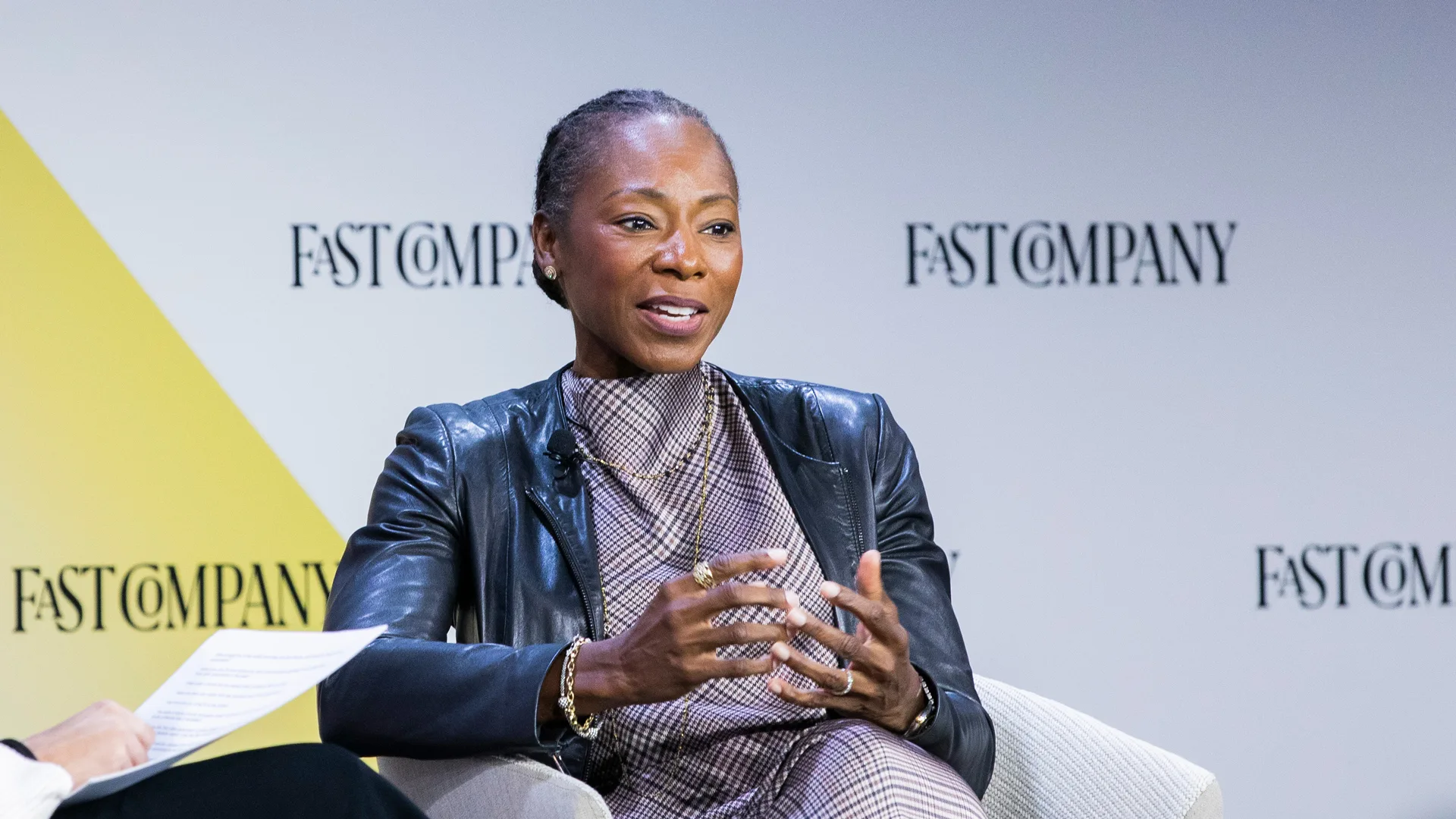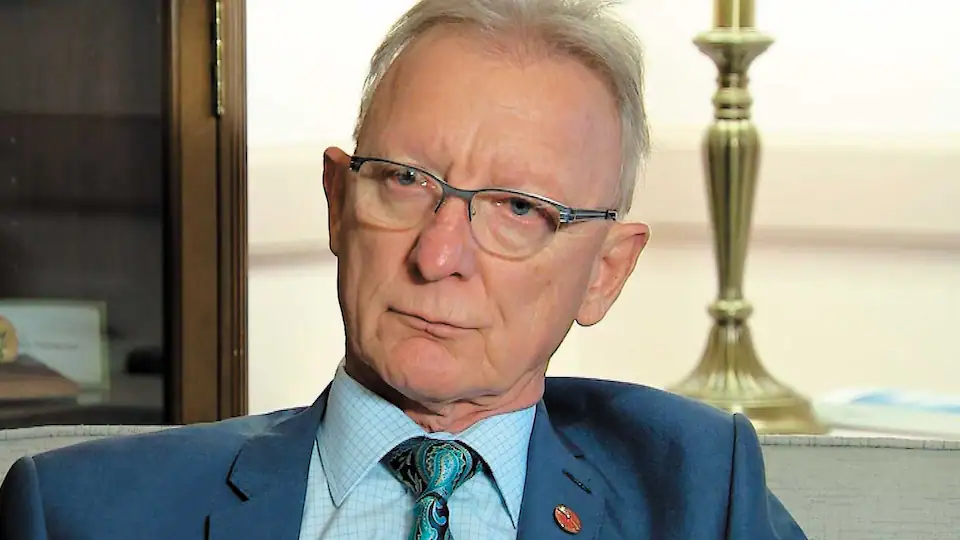
AARP may not be quite ready for the HBO Max rebranding treatment, but the association is looking for new ways to be a resource earlier in life for its 125 million members.
Many people may still think of the nonprofit as their “grandmother’s AARP,” even 26 years after the Washington-based nonprofit dropped its direct association with retirees and subsequently opened up membership to all adults 18 and older.
But there are more ways to engage with a younger demographic and earlier, according to Dr. Myechia Minter-Jordan, AARP’s CEO.
“What we recognize is that it’s important for us to be there earlier, and it’s important for us to be there at these important life moments—whether or not it’s your first job, when you’re planning for a family, when you start to think about retirement and saving,” says Minter-Jordan, speaking at the Fast Company Innovation Festival in New York this week. “That’s when you need to really understand the resources that AARP can offer.”
Subscribe to the Daily newsletter.Fast Company’s trending stories delivered to you every day
Privacy Policy
|
Fast Company Newsletters
AARP’s new chapter
When Minter-Jordan was named CEO late last year, AARP promised a new chapter ahead—and it is now rolling out a number of initiatives to that end.
In addition to a new brand strategy, AARP has also been advising companies about how to maximize the benefits of their intergenerational workforces and prevent age discrimination, partnering with Indeed to help older workers find work that matches their skills, helping members prepare for retirement, and advocating for a family caregiver tax credit.
As an internist, Minter-Jordan says that triaging comes naturally, so she has applied this type of process to understand where AARP’s priorities should be.
“Where do we get the best return on our mission and the best return on our investment?” she says.
In addition to helping adults at earlier ages, AARP wants to find additional opportunities to be a valuable resource to people who are 50 or older—now the fastest-growing demographic in the world, Minter-Jordan says.
And as the elder millennials approach their 50th birthdays, the organization will adapt and evolve the resources it provides to this demographic.
advertisement
What’s next?
One myth that Minter-Jordan would like to debunk is that older adults don’t use technology, a myth that factors into things like workplace dynamics and age discrimination during the hiring process.
“It’s really important for us to make sure that that’s well known, so that as employers are looking for employees, they don’t have these sort of antiquated notions in their head of what an older individual can bring to the work,” she says
Finally, by listening to what AARP members are concerned about—be it how AI will impact their careers or potential changes to social security or how to plan for retirement or juggle family caregiving—that will help the organization decide what issues to tackle next.
“We all want to live longer—I can’t think of one person that I know that doesn’t want to live longer, but how do we do that in a way that we feel empowered as we do so?” she asked. “There’s an opportunity now for us to continue to lead in this space and to continue to be a catalyst to others.”



